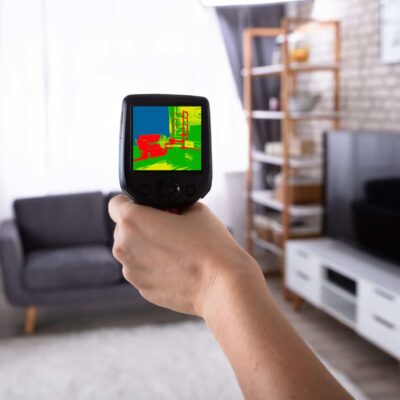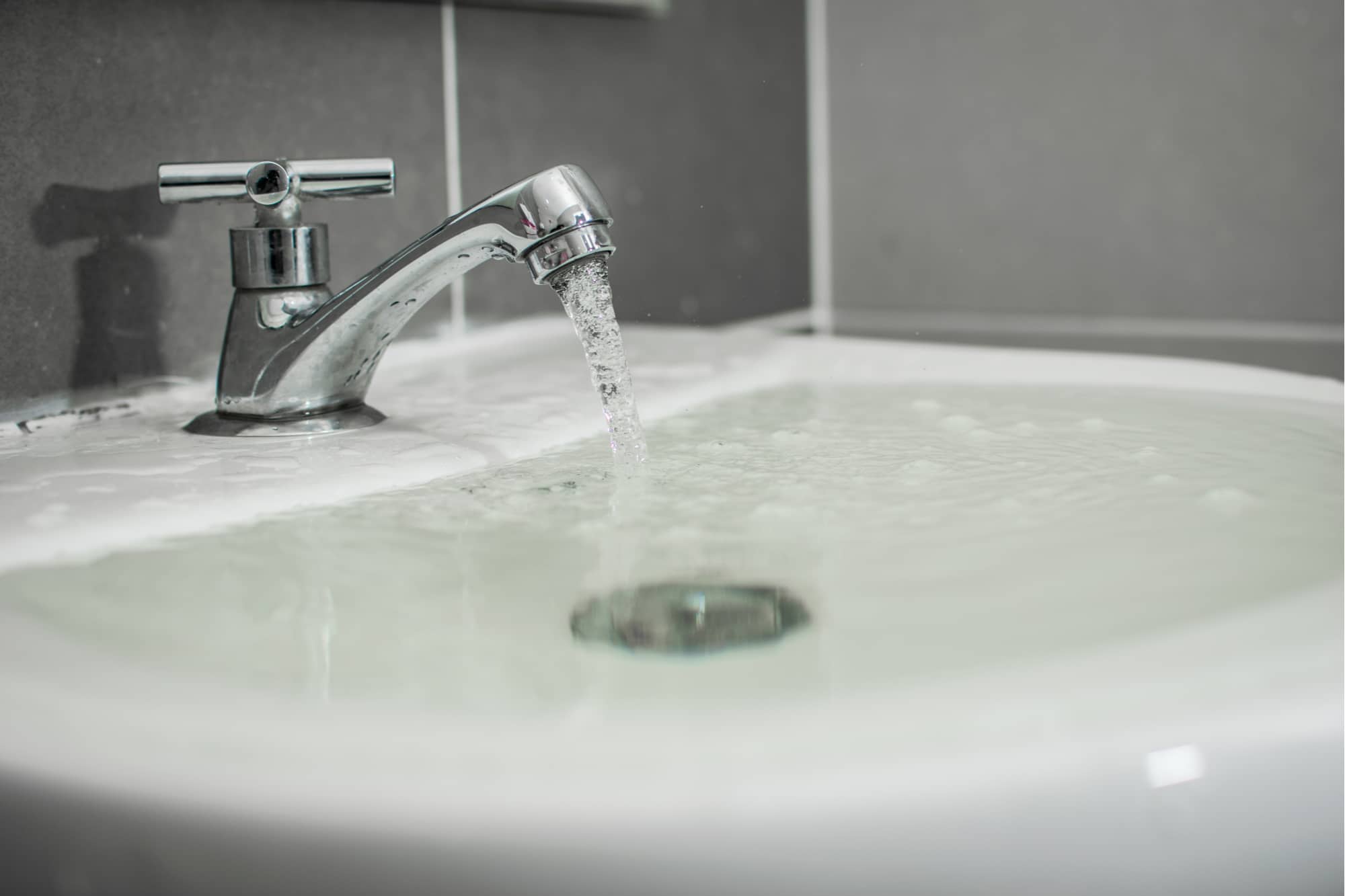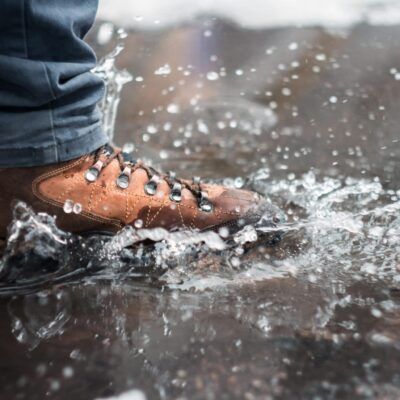How to avoid water damage general liability claims
Last Updated November 9, 2023
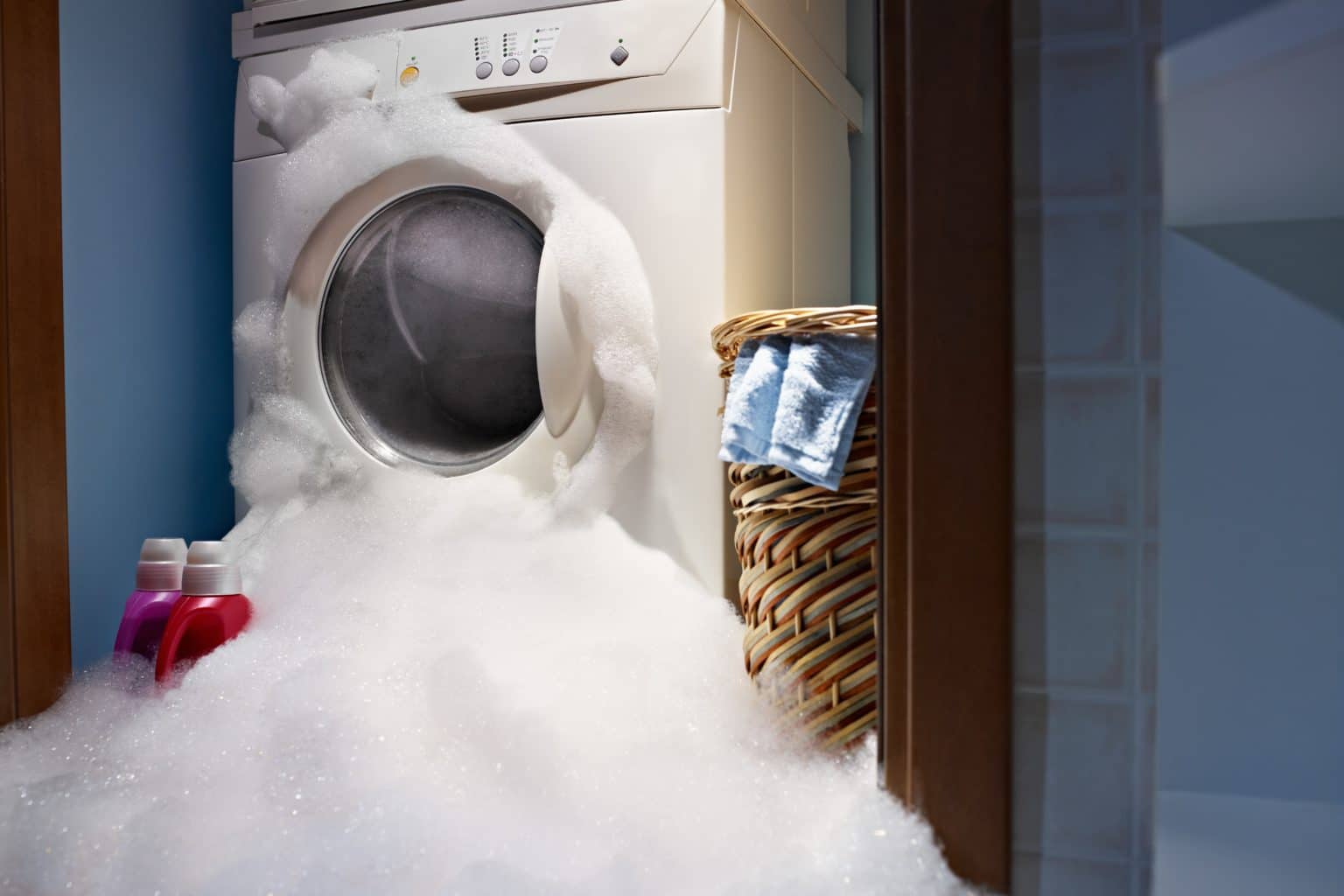
 While inspecting the attic of a condominium, a home inspector noticed that the vent pipe from the stove was not connected. Stepping closer to photograph the defect, the inspector accidentally stepped on a plastic fire sprinkler line. The line broke, unleashing 150 pounds of water flow.
While inspecting the attic of a condominium, a home inspector noticed that the vent pipe from the stove was not connected. Stepping closer to photograph the defect, the inspector accidentally stepped on a plastic fire sprinkler line. The line broke, unleashing 150 pounds of water flow.
The inspector immediately called the fire department to shut off the water supply. It took the fire department over $33,000 in emergency remediation damages and over half an hour to stop the active water flow. In that time, the broken line caused significant water damage in three condo units. The claim is expected to pay out close to $200,000 in damages alone.
Why is water damage so common?
Water damage is the most common general liability claim against home inspectors. Inspectors tend to cause this damage for one of three reasons:
- They forget to shut off a water supply line. To inspect the water system, you must run water from a lot of appliances and fixtures. With so many systems and components to examine, it’s easy to forget to shut off just one water supply line. And, when you do, the leak can cause a lot of damage quickly—especially if the leak goes unnoticed for an extended period. Most commonly, inspectors forget to turn off sinks, showers, and tubs.
- They trip on, step on, or bump a water line. As a home inspector, you must traverse odd areas of the home to complete a full survey of the property. As such, you’re likely to encounter pipes, hoses, and lines that the average person never sees. In areas like attics, crawlspaces, and basements, these water lines may be in inconvenient places, forcing you to step over, duck under, or otherwise work around them. If you’re not careful, you could trip on, step on, or bump a water line, causing it to break—like the inspector in our opening example.
- An appliance that uses water fails during testing. As household appliances—such as washing machines, refrigerators, water heaters, and dishwashers—age, so do their pipes and hoses. And even if homeowners keep up with pipe and hose maintenance, insecurely connected fittings and improper seals alone can lead to leaks. With lots of room for error, it’s easy for appliances to fail during testing. While such testing is within the normal scope of an inspection and, therefore, not something for which an inspector should be liable, clients frequently file claims for such appliance failures and subsequent water damage.
What you can do.
Here are some specific ways you can avoid water damage general liability claims.
Anticipate issues.
Mistakes are real and they happen often. If you go into home inspections knowing that it’s easy to cause water damage, you’ll be more inclined to find ways to prevent such claims.
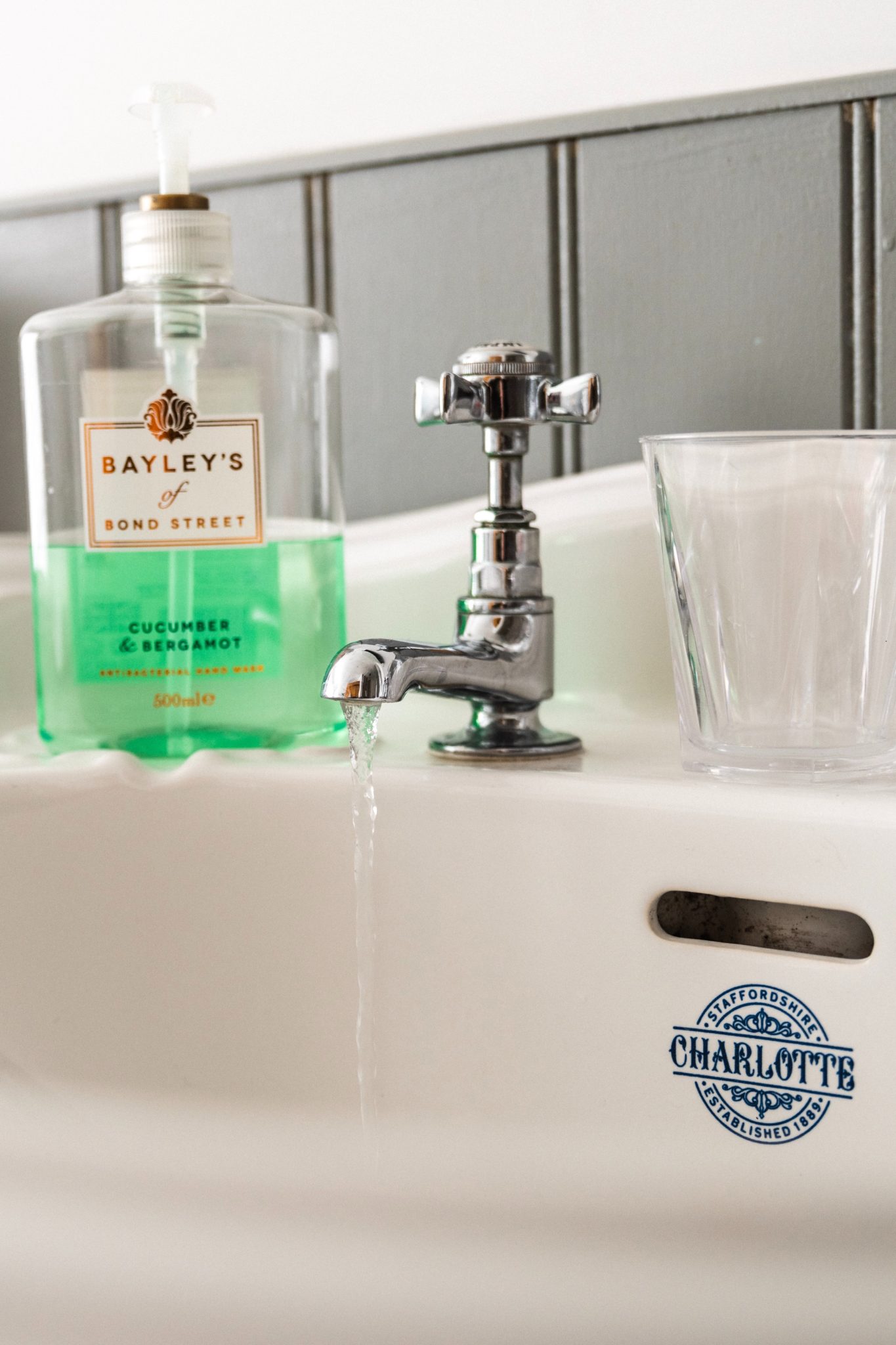 For example, as we learned from the home inspector that broke the sprinkler line at the beginning of this article, it’s important to watch your step.
For example, as we learned from the home inspector that broke the sprinkler line at the beginning of this article, it’s important to watch your step.
Additionally, it’s smart to look for factors that might contribute to or encourage a leak. Is the toilet loose? Does the sink have signs of a clog? Does it look like the shower has leaked in the past? If there are any indications of past issues, consider stating so in your report and not performing the test. (Sometimes these issues will turn into complaints against you. To find out how to overcome these complaints, download this free resource.)
Was the water shut off when you arrived? If you’re the one turning the water on, check the plumbing connections beforehand. After all, just because an appliance is there, it does not mean it’s hooked up. Better yet, make it part of your inspection standards to give the seller or the real estate agent the responsibility of turning on the water before you begin—particularly if you live in a state with specific standards for home inspectors and water valves.
“Our state [standards of practice] say we do not operate valves, so we do not put our hands on valves. We don’t test valves. We don’t see if they’ll turn on [or] turn off,” said William Chandler of Property360, LLC in Florida.
And, before leaving the property, be sure to check that the water is off in all places you could have left it on. It’s not uncommon to unintentionally go on autopilot doing tasks that you perform frequently, so double-checking that you remembered to turn off all the faucets never hurts. You could photograph fixtures as you leave to illustrate they were off.
Document everything.
It can be difficult to prove that something failed during normal testing when no one else is there to corroborate the truth. To avoid “he said, she said” arguments concerning failed inspection tests causing water damage, Ryan Schmidt of Broadneck Home Inspections, LLC in Maryland recommends thoroughly photographing and filming your inspections.
“The key for me is always to document everything. Take as many pictures as possible. Take video if you need to,” Schmidt said. “Each bathroom I do, there’s a picture of the sink running. There’s a picture underneath the sink, showing that it’s not leaking or leaking.”
Documenting everything you see provides important evidence of not just water damage that may occur during testing; photos and videos can also prove what was and what wasn’t visible at the time of the inspection. Such evidence can exonerate your home inspection business when you receive frivolous claims.
(To learn more about what photos to take during your inspections, read “3 inspection photos you should take to manage your risk.” For ideas on how body cameras might help you record your inspections, read “Body cams and home inspectors: A new application.”)
Stay put.
Recently, a home inspector was testing a bathroom sink to report the functionality of the water flow and draining capability. He turned the faucet on and allowed it to run while he walked away to talk to the potential buyer. When he returned five to 10 minutes later, he discovered that the sink was overflowing. The drain was clogged.
Immediately, the inspector turned off the sink and started to clean up the water. He called a restoration company that dried the property for two days. After the restoration company deemed the property to be dry, the inspector returned to the property to take pictures and do his own moisture reading, which presented no residual moisture or stains.
The inspector paid the couple thousand dollars in cleanup costs. But that wasn’t enough for the claimant, who demanded $30,000 in additional compensation to pay for a complete remodel.
Our claims team was able to issue a denial of liability, stifling the demand for additional compensation. However, there’s an important lesson to learn from the inspector’s experience: While it’s tempting to save time, never turn on the water and walk away. You never know if there’s a pre-existing defect that will result in a leak or an overflow.
According to Alan Grubb of 4U Home, Inc., it’s important to stay put regardless of how water is draining when you first begin because drainage can change.
“We have a training program set up, and we tell the guys: You never leave a room when you’re running water. I don’t care if it’s draining well when you’re doing it or not,” Grubb said. “Just because [it’s draining well] when you first turn something on doesn’t mean it’s going to continue to drain properly.”
Additionally, walking away makes you more likely to forget what you’re doing and, therefore, more likely to receive a complaint. Structure your inspection so that you stay in the same room of whatever sink, tub, or shower you’re testing. Inspect every property systematically so that you’re less likely to miss important steps, like turning off the water.
Some exceptions.
There are some very limited exceptions to the stay put rule worth mentioning. If you use them properly, water sensors can provide inspectors with adequate notice before an overflow.
“When I’m filling up shower pans and stuff and they’re taking forever, I’ll set up my [water sensor] alarm at a limit to where it won’t flood over the rim of the shower. [If it gets close to the limit,] it’ll sound to let me know that I need to go check the shower,” said Julian Cofer of Cofer Real Estate Inspections in Texas.
When testing appliances, it’s unreasonable to ask that you stand beside the appliance through a full cycle. However, we recommend checking in on the appliances you’re testing periodically so that, if there is an issue, you can stop the cycle and address it. And, of course, if there’s evidence of a leak at the beginning of the test, end the test before the appliance has a chance to damage the property.
Stop the leak.
One of the reasons that the claim was so bad for the inspector at the beginning of this article is that the fire department was unable to stop the leak for 30 minutes.
“The problem is, [if] you leave the water on or you get a leak, within a minute or two, it can travel very far, very fast and cause a lot of damage in a little bit of time,” said Michael Spaargaren of First Choice Inspectors in Illinois.
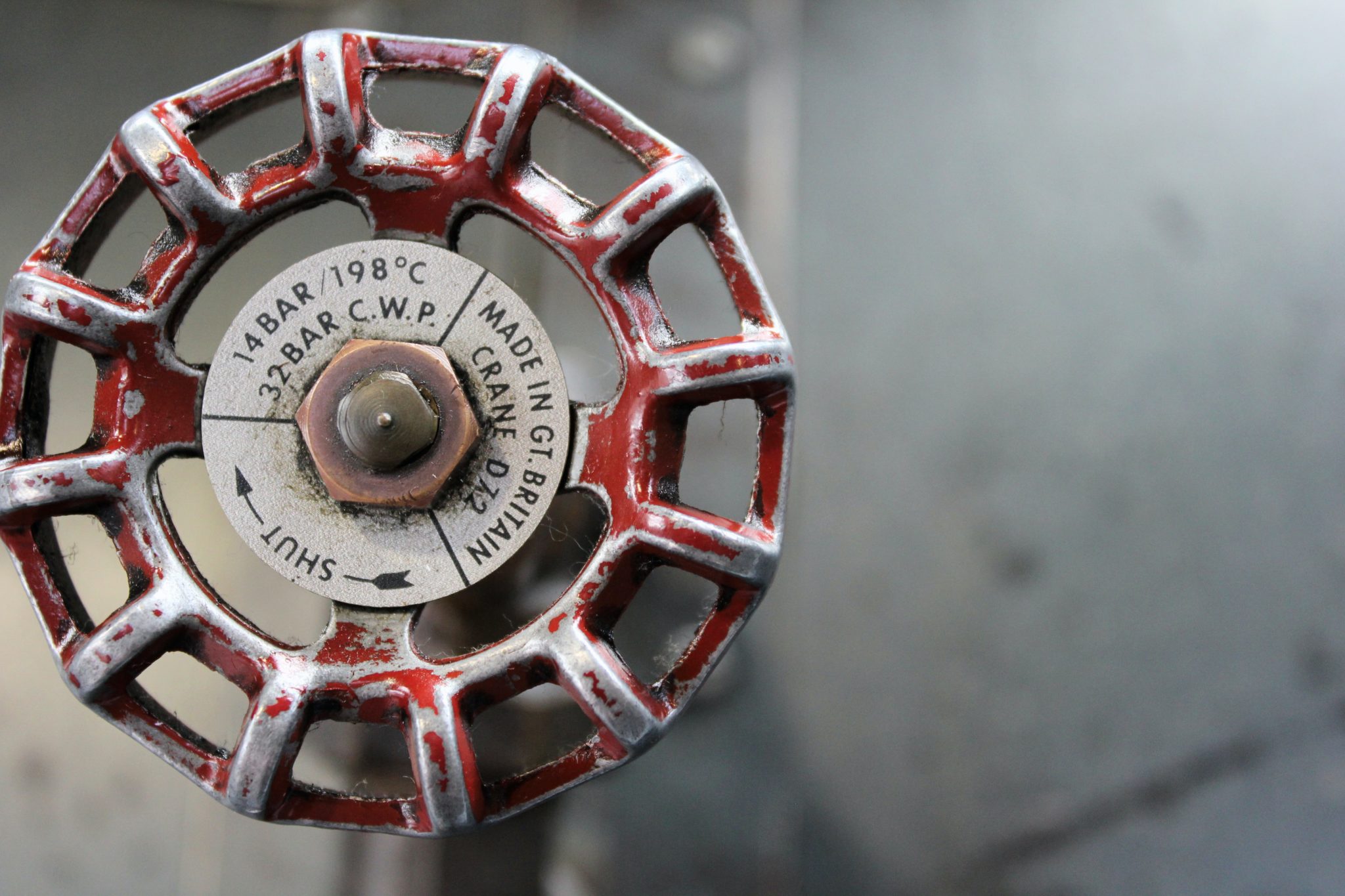 Whenever possible, shut off the source of water. That way, you can mitigate some of the water damage.
Whenever possible, shut off the source of water. That way, you can mitigate some of the water damage.
“Try to take some sort of action to stop the leaking,” Schmidt said. “If the toilet’s leaking, I turn the plumbing valve off…. I don’t just let it keep leaking.”
Bill Hawkins of Hawkeye Inspection Service, LLC in Indiana suggests knowing where to turn off the water before you even have to. That way, if you encounter an emergency situation, you’re prepared.
“Before you start [testing], I’d recommend you know where the main shut-off valve is so that you can get to it quickly if you have to,” Hawkins said.
Protect your business against general liability claims.
Now that you know more about one of the most common general liability allegation types, you are better equipped to avoid those claims. However, even when you do your best, you still can make mistakes. That’s why it’s essential to carry general liability insurance to protect your business from bodily injury and property damage claims. Apply today to receive a quote at no obligation.
Interested in learning more about the industry’s most common claims? Check out our article on the Top 5 (Errors and Omissions) Claims Against Home Inspectors.
To learn about handling disgruntled customers, download “7 Things to Do When You Receive a Complaint” and diffuse conflict before it can become a claim.



